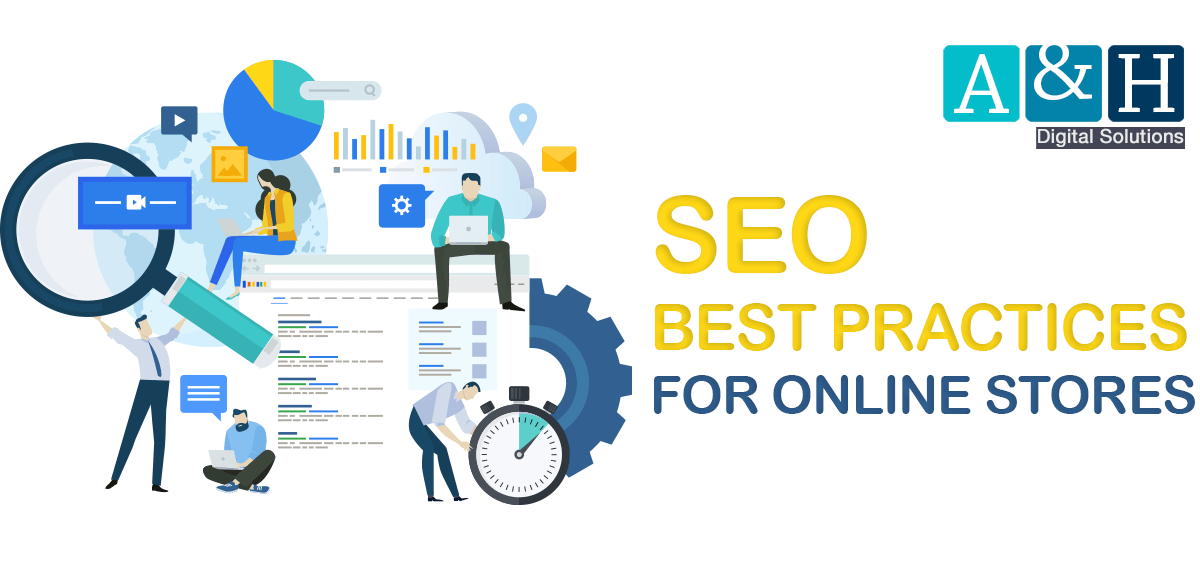Search Engine Optimisation (SEO) is a practice that aims to increase the quantity and quality of web traffic to your site through search engine results. SEO is a hot topic for any online eCommerce business as more traffic leads to more sales. In this blog, we dive into the best practices for SEO that you may want to utilise in your digital marketing strategy.
- Add related keywords at the beginning of the web page’s html
Search engines place more weight on terms that appear at the top of the web page. The first 25 words or so should have the relevant keywords and summarise the topic. - Use keywords in page titles
Search engines place more weight to titles. Fix the page titles of your website to include strong keywords related to the specific page. - Avoid keyword stuffing
Keyword stuffing, the use of multiple keywords, is confusing to both readers and Search Engines. Use a single related keyword phrase in your page title. - Use long-tail keywords
Longer, more specific keywords have a higher conversion value as they have higher search intent, lower competition. For your Search Engine Marketing, bid on long-tailed keywords (roughly 3 to 4 words). Remember to make use of free keyword research tools to discover the best relevant keywords for your business and its products. - Write interesting meta descriptions
Well-written meta descriptions help inform visitors about the purpose of the page. Review each page of the website to ensure each meta description is less than 160 characters and is appropriate for visitors. - Remember to setup your sitemap priorities
Provide your customers with directions on what is available on your website. Prioritise the most important web pages and list them on your sitemap. - Use descriptive file names for the images
Search Engines judge the value of an image by its name, so it is important to name your product images with informative file names. Better names receive better value, leading to a higher ranking. - Use alt-text for images
This will improve accessibility for people who can’t see images on web pages, including users who use screen readers and low-bandwidth connections. - Avoid duplicate content and add canonical tags
Duplicate content will cause Search Engines to rank your content lower. Therefore, by adding canonical tags, this will inform the Search Engines that a specific URL represents the master copy of the page. Avoid low search rankings by adding canonical tags. - Optimise your images
Avoid slow page loading times by reviewing your current images and compress your large image files where necessary. - Utilise non-text content
A majority of people prefer to watch a video or read infographics as it is more visually appealing than plain text. Provide short videos of the products and the business on the relevant pages. - Provide appropriate contact information
Websites that include in-depth contact information typically rank higher in their SEO. - Encourage social sharing
The number of social media shares influences the SEO rankings. Make sure your website provides links to your business’s social media accounts. - Improve the loading speed of your website
Slower pages reduce the company’s SEO. Check your current page speed and make related changes (e.g. compress your images, JS files, CSS files, etc.) to improve the page speed. - Break up your content with header tags
This helps improve the user experience of the website by breaking up the content and making it easier to read or skim. - Optimise URLs
Ensure the URLs of your products and other pages are search friendly. This helps both users and search engines know what the page is about. - Fix any broken links
Broken links negatively affect your SEO ranking. It is highly recommended to review existing links and fix them. - Utilise internal linking to other areas of your website
By redirecting users to other sections of your website, it will increase traffic and prolong user engagement duration. - Use outbound links
By using outbound links, it will increase the credibility of your website. Within your blog posts, link and cite your content to trustworthy outsider sources such as government websites or reputable blogs.
The use of SEO is one of the key ways to drive healthy traffic to your online store. Boost your traffic and sales with these best practices today.
Follow us on LinkedIn and Twitter to stay updated on all things digital!









